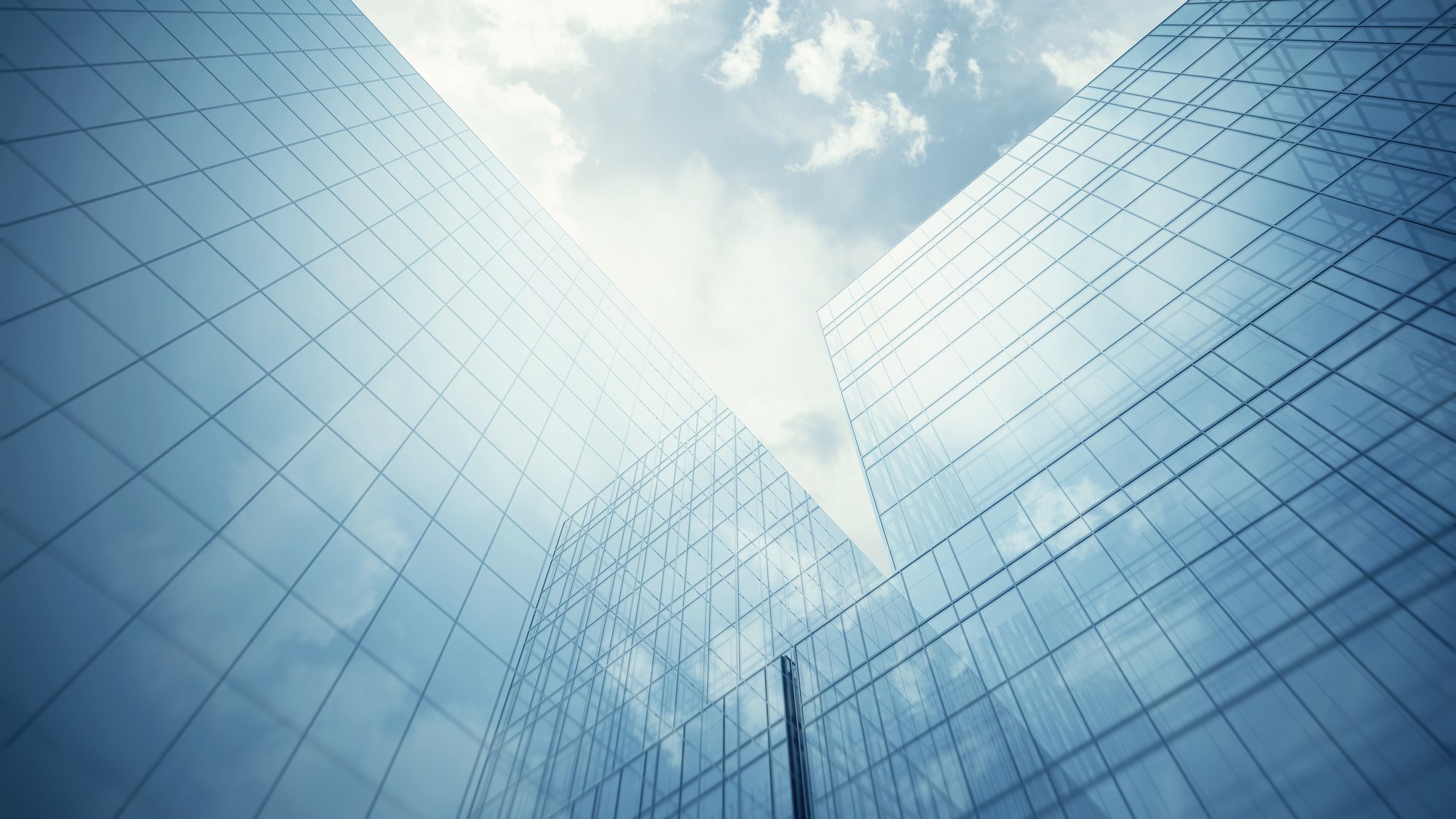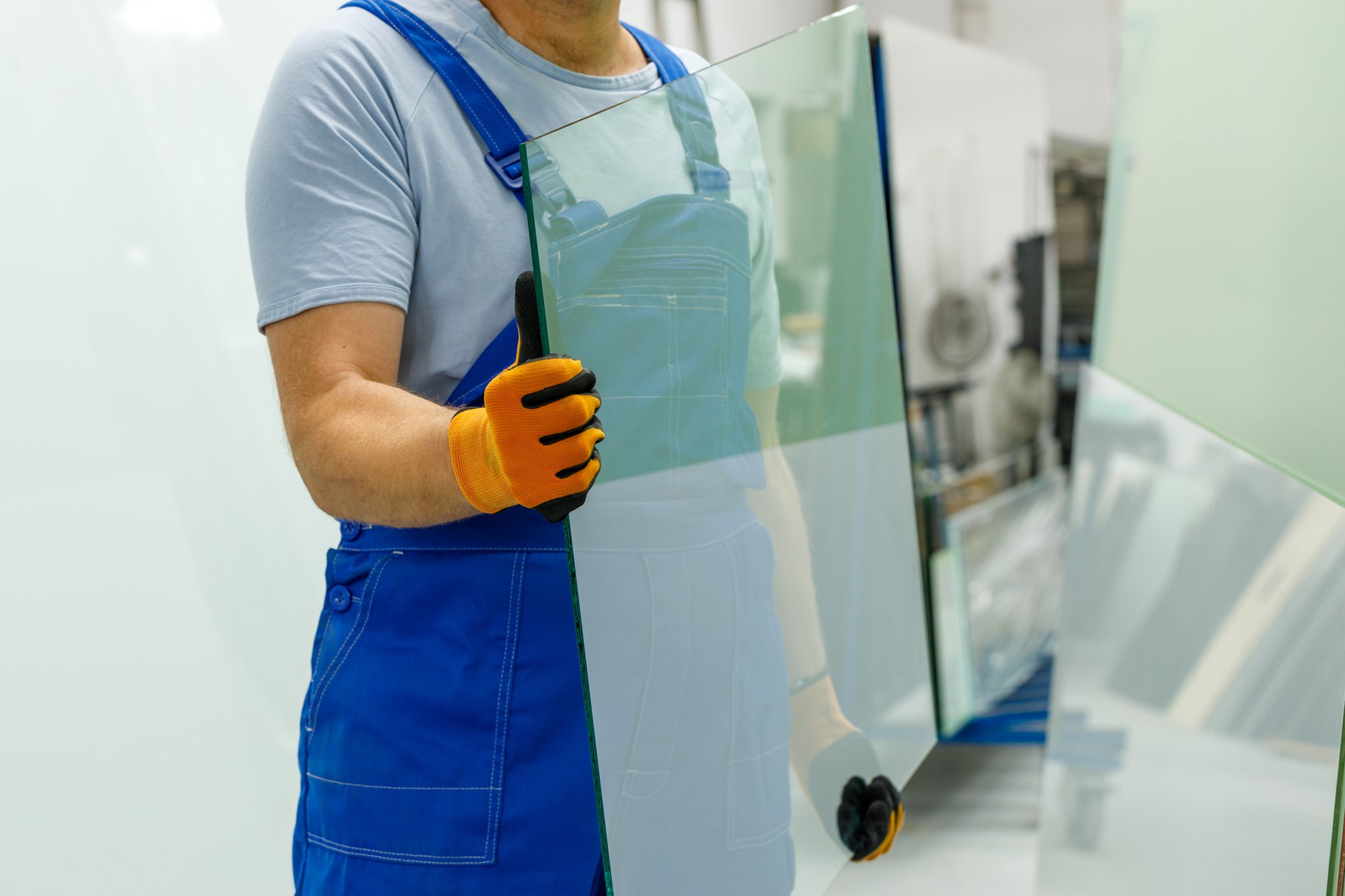Mirrored glass has a rich history that dates back to ancient civilizations, where it dazzled as a decorative art form, gracing the homes of the elite. Initially, its allure lay in its ability to reflect beauty and opulence, captivating onlookers with its shimmering surface. Fast forward to the Renaissance, and this reflective glass began to symbolize innovation and wealth, paving the way for modern architectural design.
Yet, it’s not just about looks anymore. Today, mirrored glass serves a dual purpose: enhancing aesthetic appeal while championing energy efficiency. As architectural trends shift toward sustainability, companies like Insul-Lite Manufacturing are leading the charge, integrating this versatile material into designs that not only dazzle the eye but also reduce energy consumption. The evolution of mirrored glass is a testament to how beauty and functionality can harmoniously coexist in our built environment.
The Evolution of Mirrored Glass in Architecture
Mirrored glass has a rich history that dates back to ancient civilizations, where it was primarily used for decorative purposes. The earliest known mirrors were made from polished metals, such as bronze and silver, and were highly valued for their ability to reflect images. In cultures like the Egyptians and Romans, these reflective surfaces held significant cultural and spiritual importance, often associated with beauty and vanity.
During the Renaissance, the production of glass mirrors underwent a revolutionary transformation. The introduction of glass-blowing techniques allowed for the creation of larger and clearer reflective surfaces. This period marked the beginning of mirrored glass as a symbol of wealth and innovation. Wealthy patrons adorned their palaces and homes with elaborate mirror designs, showcasing not only their affluence but also the artistic advancements of the time. This shift laid the groundwork for the integration of mirrored glass into modern architectural practices.

The Aesthetic Appeal of Mirrored Glass
In contemporary architecture, mirrored glass has become a staple element, shaping iconic cityscapes around the world. Its reflective properties create stunning visual dynamics, allowing buildings to blend harmoniously with their surroundings. The shimmering surfaces of skyscrapers and commercial buildings not only enhance their aesthetic appeal but also contribute to a sense of modernity and sophistication.
Key Benefits of Aesthetic Appeal:
- Visual Integration: Mirrored glass allows buildings to reflect their environment, creating a seamless connection with nature.
- Light Utilization: The reflective surfaces maximize natural light, reducing the need for artificial lighting during the day.
- Spatial Perception: Mirrored glass can create an illusion of expanded space, making interiors feel larger and more open.
The impact of reflective glass on natural light utilization is particularly noteworthy. By reflecting sunlight, these surfaces can illuminate interiors without the harsh glare often associated with traditional glass. This enhances the ambiance of a space and contributes to energy savings by reducing reliance on artificial lighting.
Functional Evolution: Energy Efficiency of Mirrored Glass
As environmental challenges have become more pressing, the role of glass has evolved from mere decoration to a functional marvel. The demand for energy-efficient buildings has spurred innovations in glass technology, leading to the development of advanced coatings and treatments. One significant advancement is the introduction of Low-E (low emissivity) coatings, which significantly reduce heat gain while allowing natural light to pass through.
Benefits of Low-E Coatings:
- Reduced Heat Gain: Low-E coatings minimize the amount of solar heat entering a building, maintaining comfortable indoor temperatures.
- Improved Insulation: These coatings enhance the insulating properties of glass, reducing the need for heating and cooling systems.
- Energy Conservation: By lowering energy consumption, buildings with reflective glass contribute to a reduction in greenhouse gas emissions.
The broader implications of these advancements are profound. Buildings equipped with energy-efficient glass can achieve significant reductions in energy costs, making them more sustainable and economically viable. This shift not only benefits individual property owners but also contributes to global efforts to combat climate change.
Contribution to Sustainable Architecture
In today's architectural landscape, sustainability is a paramount concern. Mirrored glass plays a crucial role in this narrative, aligning with current trends that emphasize energy efficiency and environmental responsibility. As architects and builders strive to meet modern green building standards, the integration of reflective glass becomes increasingly relevant.

Key Contributions to Sustainable Architecture:
- Compliance with Green Standards: Mirrored glass can help buildings meet LEED (Leadership in Energy and Environmental Design) certification requirements.
- Enhanced Energy Performance: The energy-saving properties of mirrored glass contribute to lower operational costs and reduced environmental impact.
- Aesthetic Sustainability: The visual appeal of mirrored glass complements sustainable design principles, creating beautiful yet functional spaces.
As the demand for sustainable architecture continues to grow, mirrored glass stands out as a versatile material that meets both aesthetic and functional needs. Its ability to enhance energy efficiency while providing striking visual elements makes it an invaluable asset in modern design. The future of architecture will undoubtedly see continued innovation in the use of reflective glass, further solidifying its place as a cornerstone of sustainable building practices.
Reflecting on the Future of Architecture
Looking ahead, the potential of mirrored glass is boundless. It stands as a testament to how thoughtful material choices can redefine architectural philosophy. So, whether you’re an architect, builder, or simply a design enthusiast, consider how you can incorporate this transformative material into your next project. The future of energy-efficient design is bright—and it’s reflecting right back at us.
At Insul-Lite Manufacturing, we specialize in innovative glass solutions that enhance energy efficiency and aesthetic appeal. Contact us today to learn how mirrored glass can transform your designs and contribute to a sustainable future.





